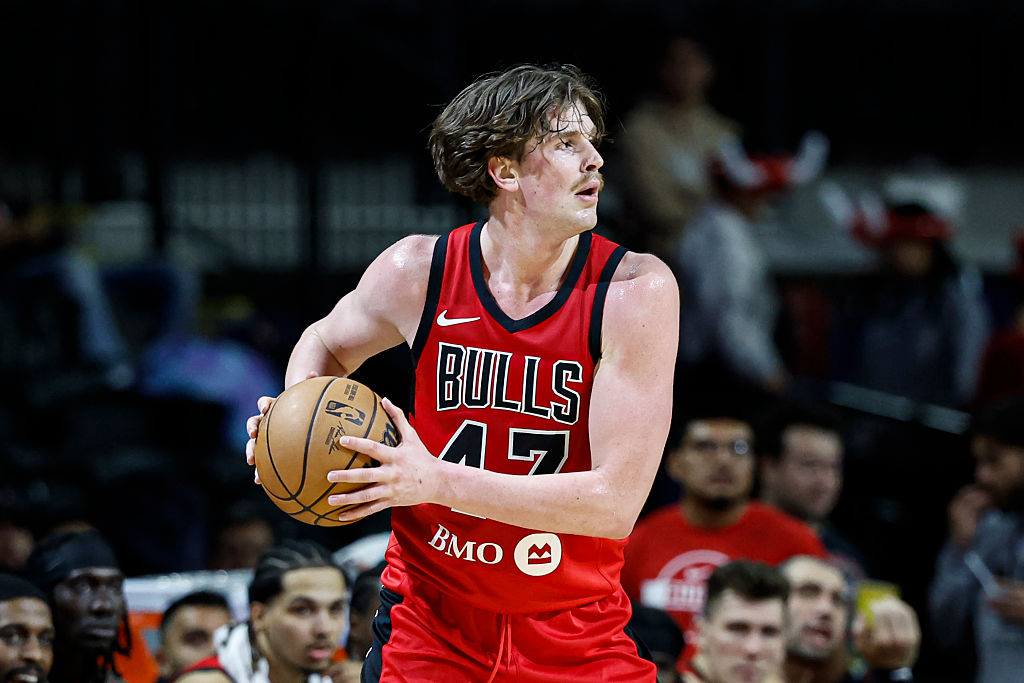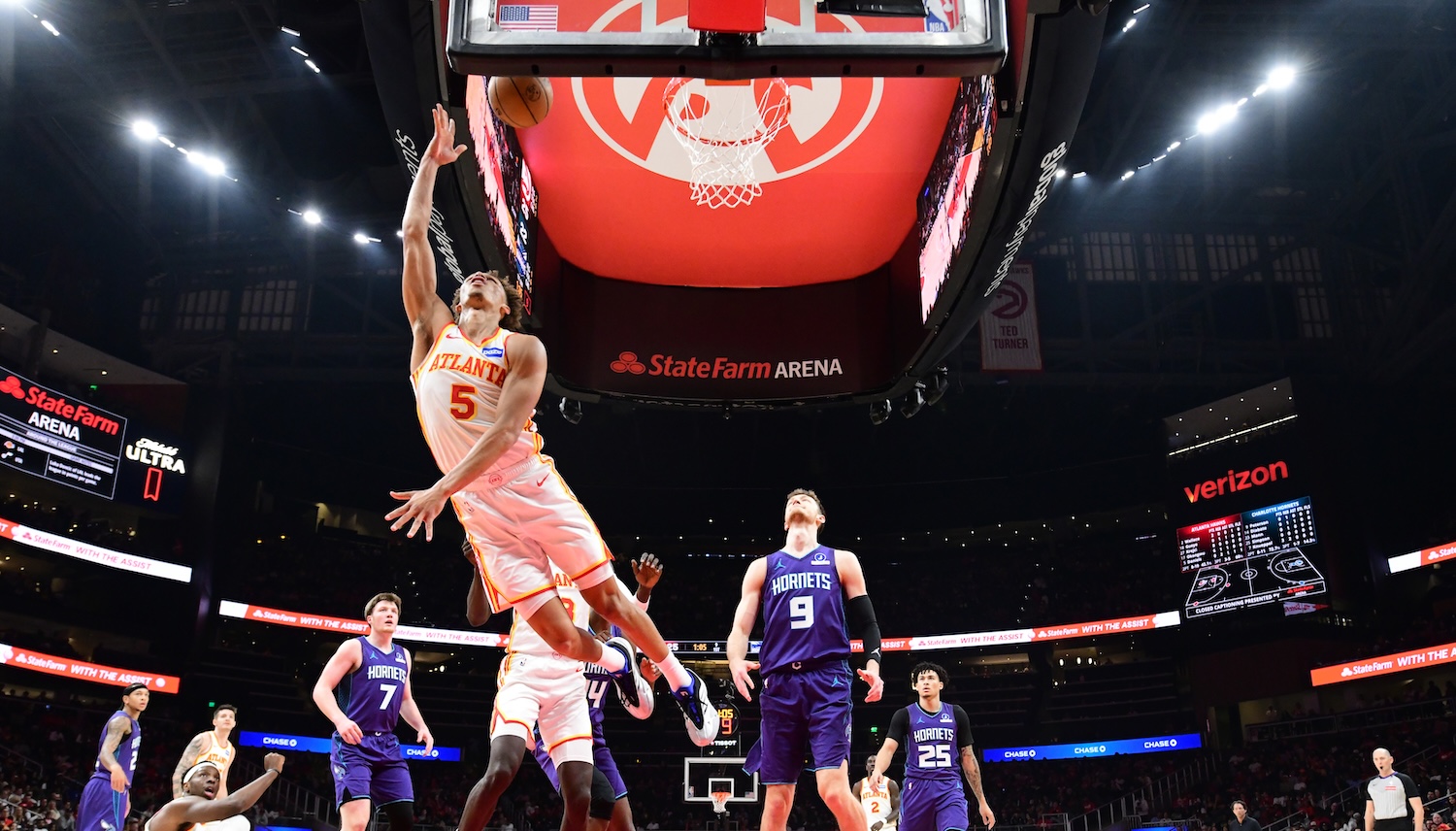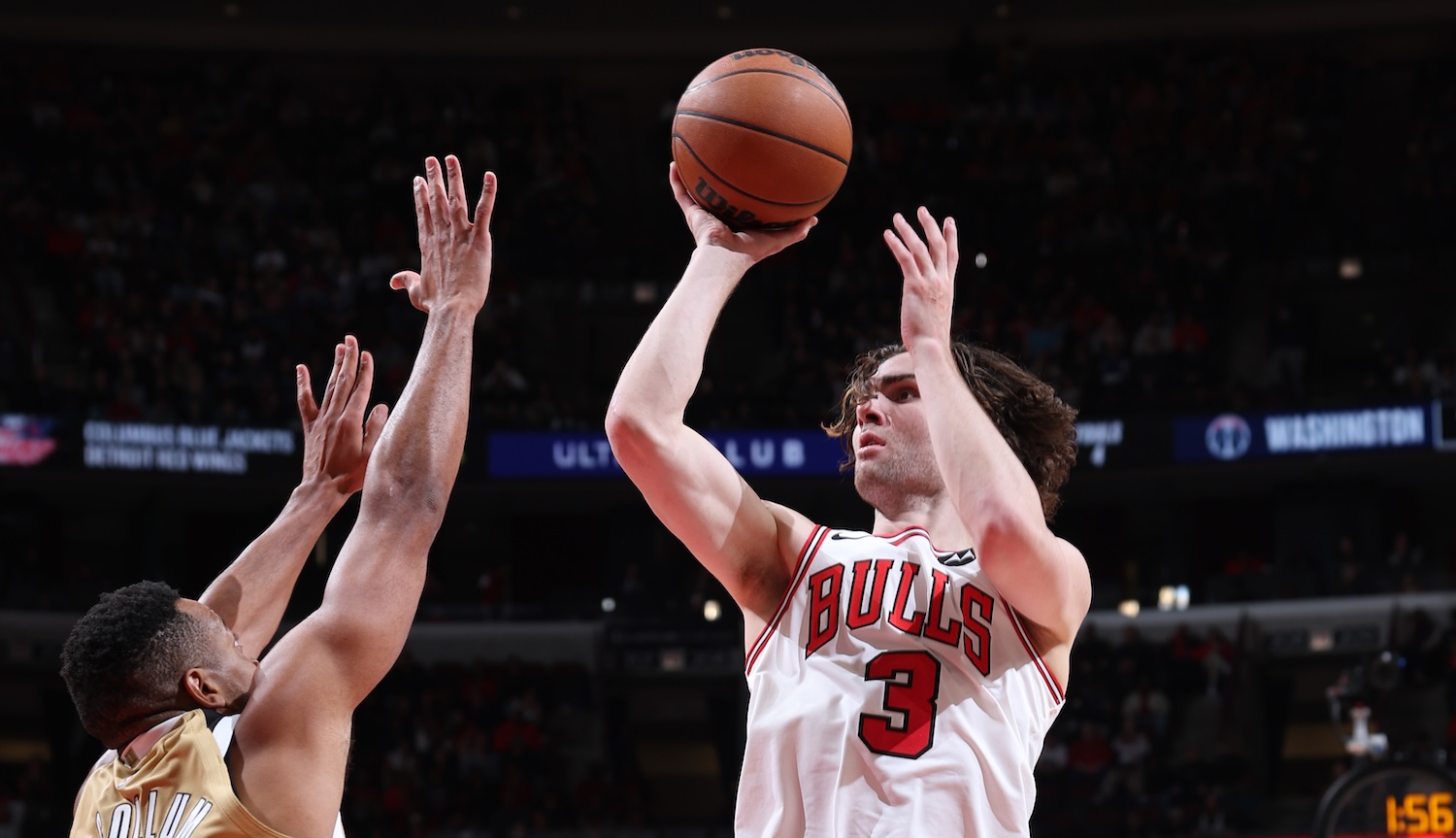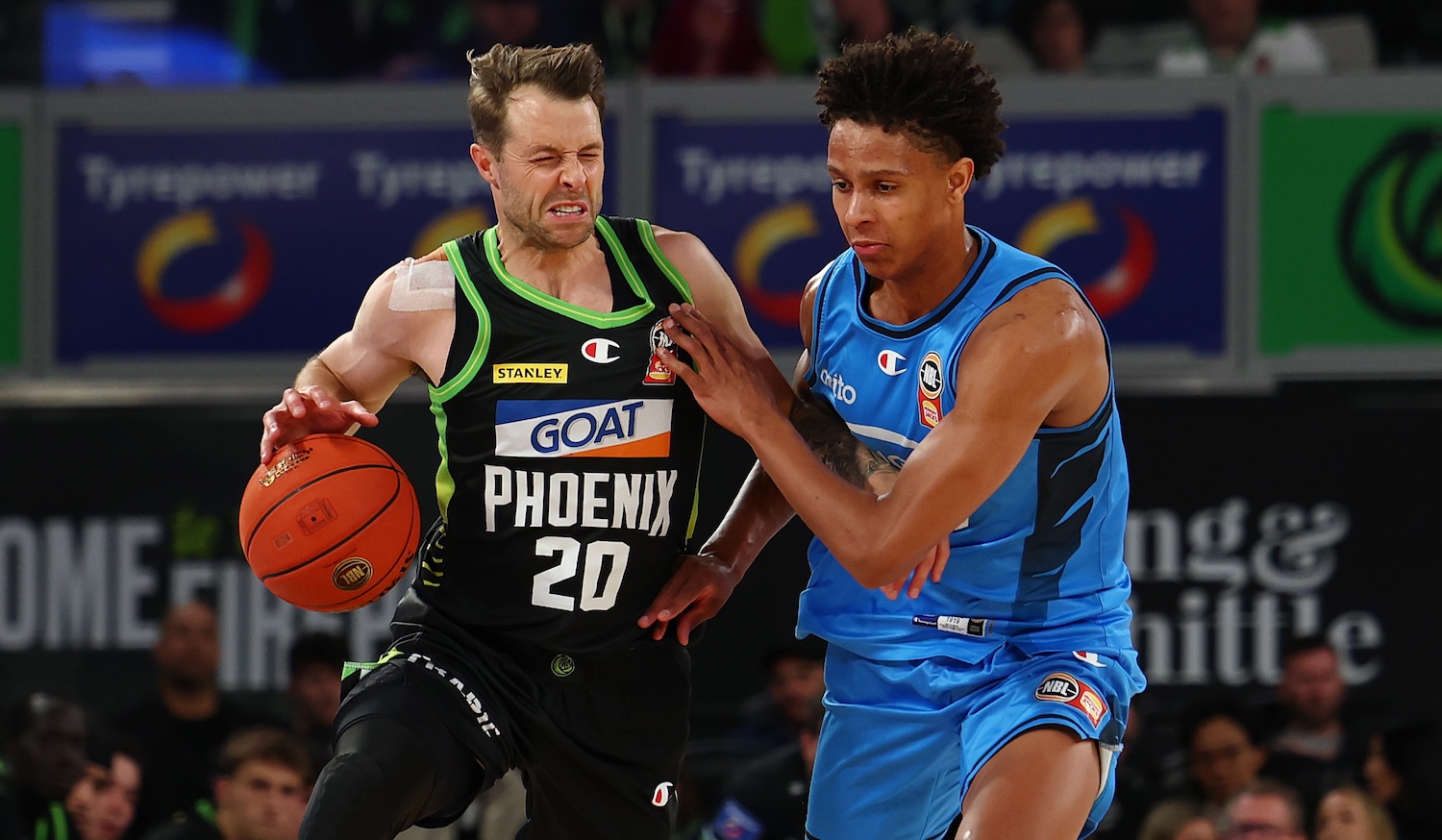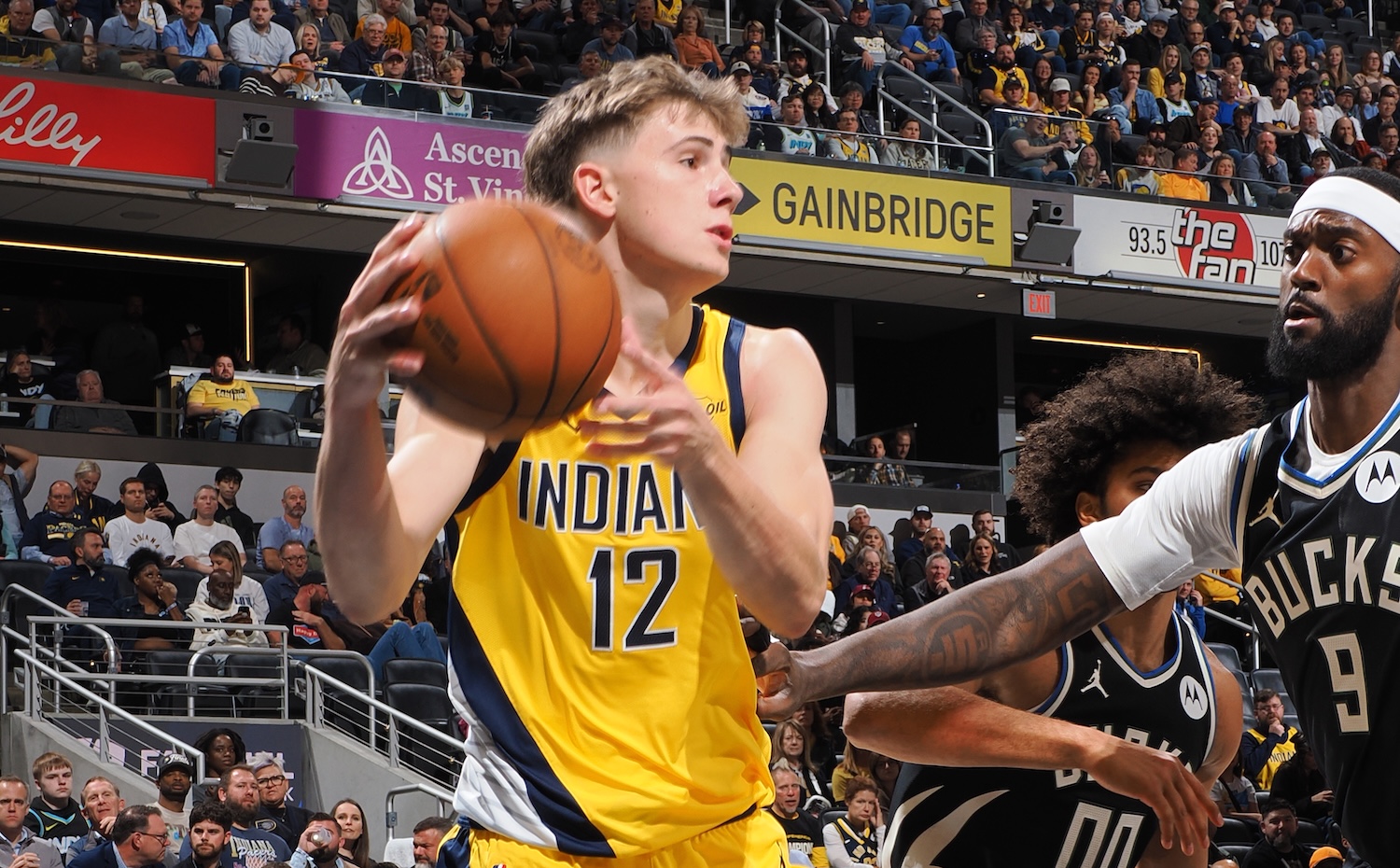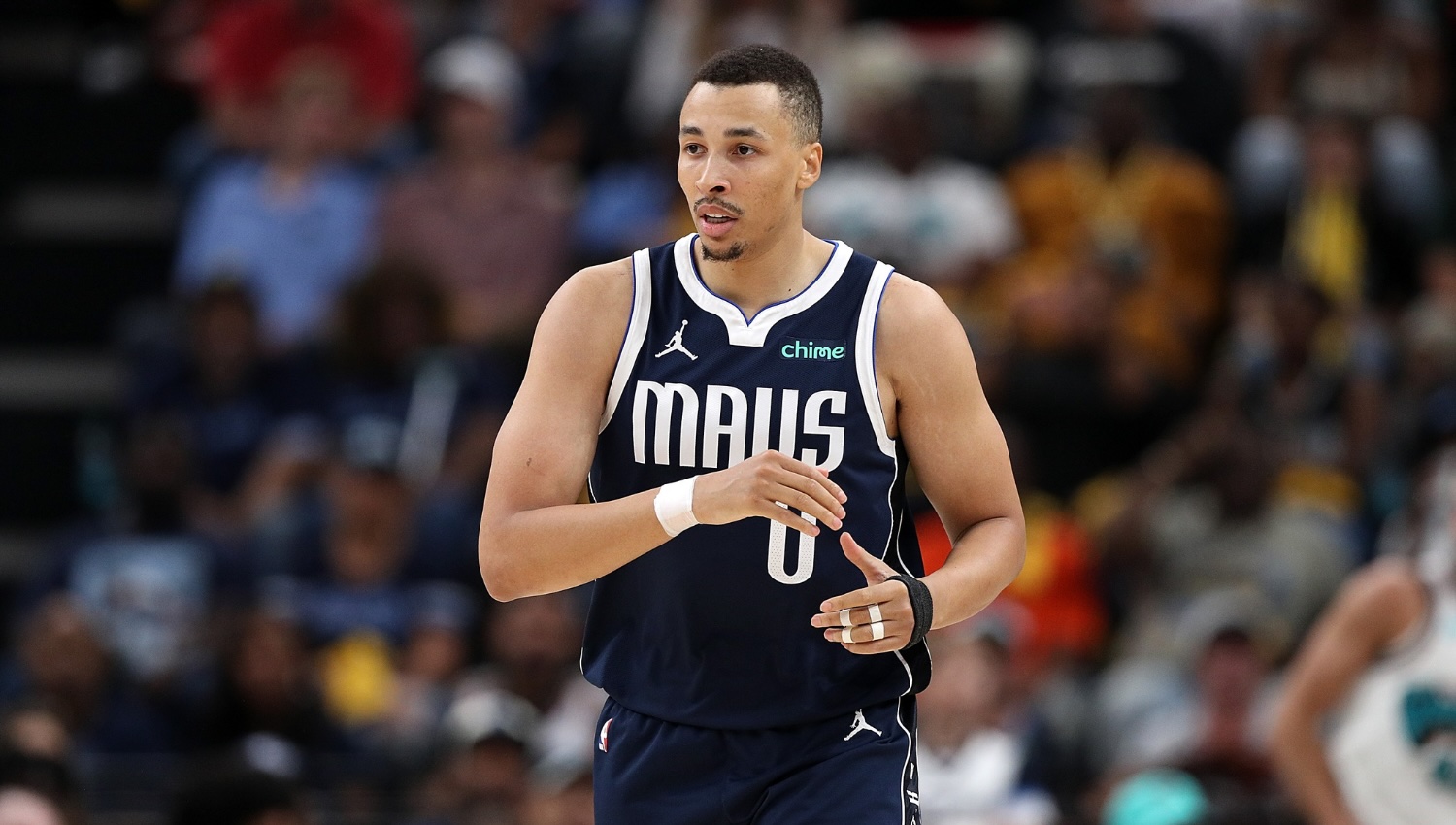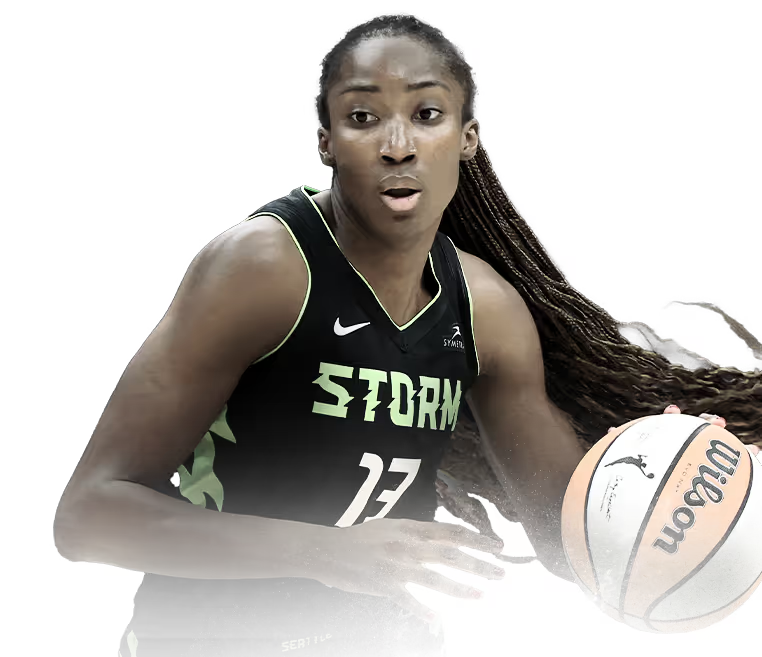

15
Oct
In-depth Explainer
How the NBA’s conference, division system works
Highlights
A complete guide to how the NBA is structured by conferences, divisions, playoffs, & play-in format
- 30 NBA teams divided into two conferences and six divisions with the top six in each conference qualify automatically for playoffs
- Play-in tournament determines final two seeds per conference
- Best-of-seven series decide conference and league champions
- Sixteen Australians set to feature in NBA 2025–26 season
At least 16 Australian men's basketballers will compete for the ultimate prize in professional basketball — the National Basketball Association's "World Championship".
This is a detailed in-depth guide to how the NBA is structured by Eastern and Western Conferences and the divisions within each conference.
The top teams in each conference make it into the playoffs for a best-of-seven series with the two conference winners competing for the NBA Championship.
Find NBA Scores here and the NBA 2025-26 Schedule here. This is how to watch every NBA game in Australia.
National Basketball Association Structure
The NBA is split into:
- 2 Conferences: Eastern and Western.
- Each conference has three divisions.
- Each division has five teams.
These divisions mainly exist for scheduling, standings tiebreakers, and historical rivalries, they don’t directly determine playoff qualification, which is based on conference standings.
Eastern Conference
Atlantic Division
Geography:
- Centred around the U.S. Northeast and Canada.
- Historic rivalries: Celtics–76ers, Knicks–Celtics.
Central Division
Geography:
- Midwest-based teams.
- Chicago–Detroit and Cleveland–Indiana are key rivalries.
- Produced multiple champions (Bulls, Pistons, Bucks).
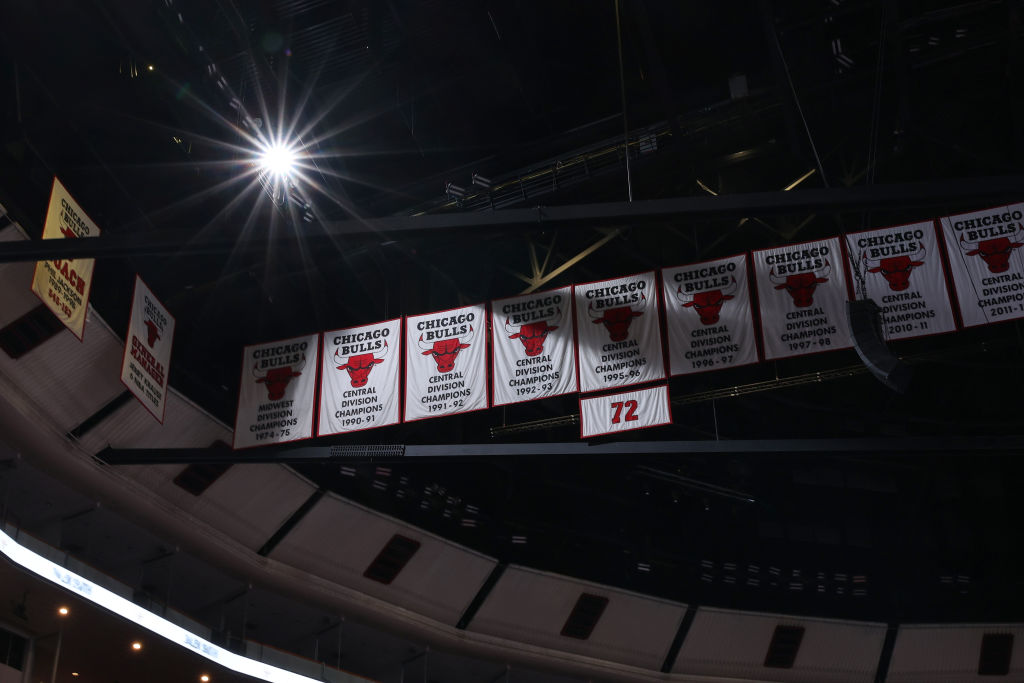
Southeast Division
Geography:
- Geographically spread through the U.S. Southeast.
- Miami Heat are the most decorated franchise in this group.
Western Conference
Northwest Division
Geography:
- Teams across mountain and plains regions.
- Nuggets and Thunder are recent contenders.
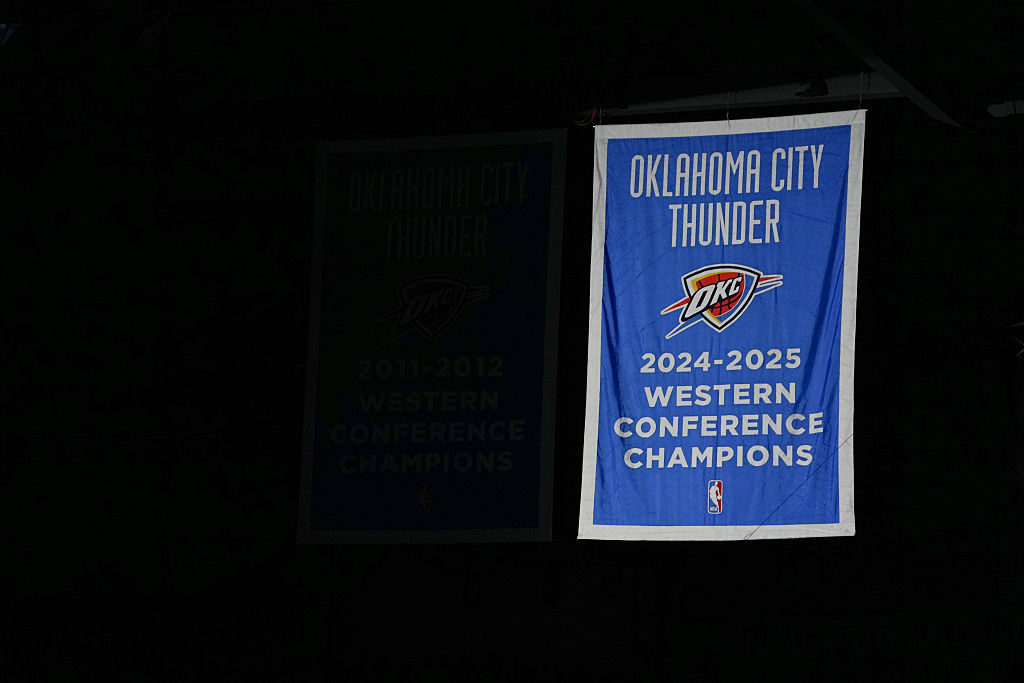
Pacific Division
Geography:
- Heavy California presence (four of five teams).
- Features some of the league’s biggest brands and rivalries, Lakers vs. Warriors, Lakers vs. Clippers.
Southwest Division
Geography:
- Based in Texas and the U.S. South.
- Three Texas teams create natural rivalries (Mavs–Rockets–Spurs aka 'The Texas Triangle').
NBA Playoff and Play-In System (as of 2025–26)
Regular Season (82 games)
- Each team plays 82 games total.
- Opponents are mostly from within the same conference but include inter-conference games too.
- Divisions matter mainly for scheduling and tie-breaking, not for automatic playoff spots.
Conference Standings
Teams are ranked 1–15 in their conference based on regular-season record (wins/losses), not by division.
- Top 6 teams in each conference automatically enter the playoffs.
- Teams ranked 7–10 enter the Play-In Tournament to qualify for he playoffs.
- Teams ranked 11–15 willsee their seasons end with no playoffs.
Tie-Breaker Rules (when teams have same record)
- Head-to-head record
- Division winner (if applicable)
- Division record (if same division)
- Conference record
- Point differential and other stats if still tied
Play-In Tournament
Introduced permanently in 2021, it determines the final two playoff spots (the 7th and 8th seeds) in each conference.

Play-In Format:
- Game 1: 7th seed hosts 8th seed, the winner becomes the 7th seed.
- Game 2: 9th seed hosts 10th seed, the loser is eliminated.
- Game 3: Loser of Game 1 vs. Winner of Game 2, the winner becomes the 8th seed.
Each conference ends up with 8 playoff teams (6 auto + 2 play-in).
The NBA Playoffs (16 Teams Total)
Each conference’s top 8 teams are seeded 1 through 8.
First Round Matchups
- 1 vs 8
- 2 vs 7
- 3 vs 6
- 4 vs 5
All series are best-of-seven. Winners advance through:
- First Round
- Conference Semifinals
- Conference Finals
Each conference champion then moves on to the
The NBA Finals
- Eastern Conference Champion vs Western Conference Champion
- Best-of-seven series to decide the NBA Champion.
- Home-court advantage goes to the team with the better regular-season record.

Exclusive Newsletter
Aussies in your Inbox: Don't miss a point, assist rebound or steal by Aussies competing overseas. Sign-up now!


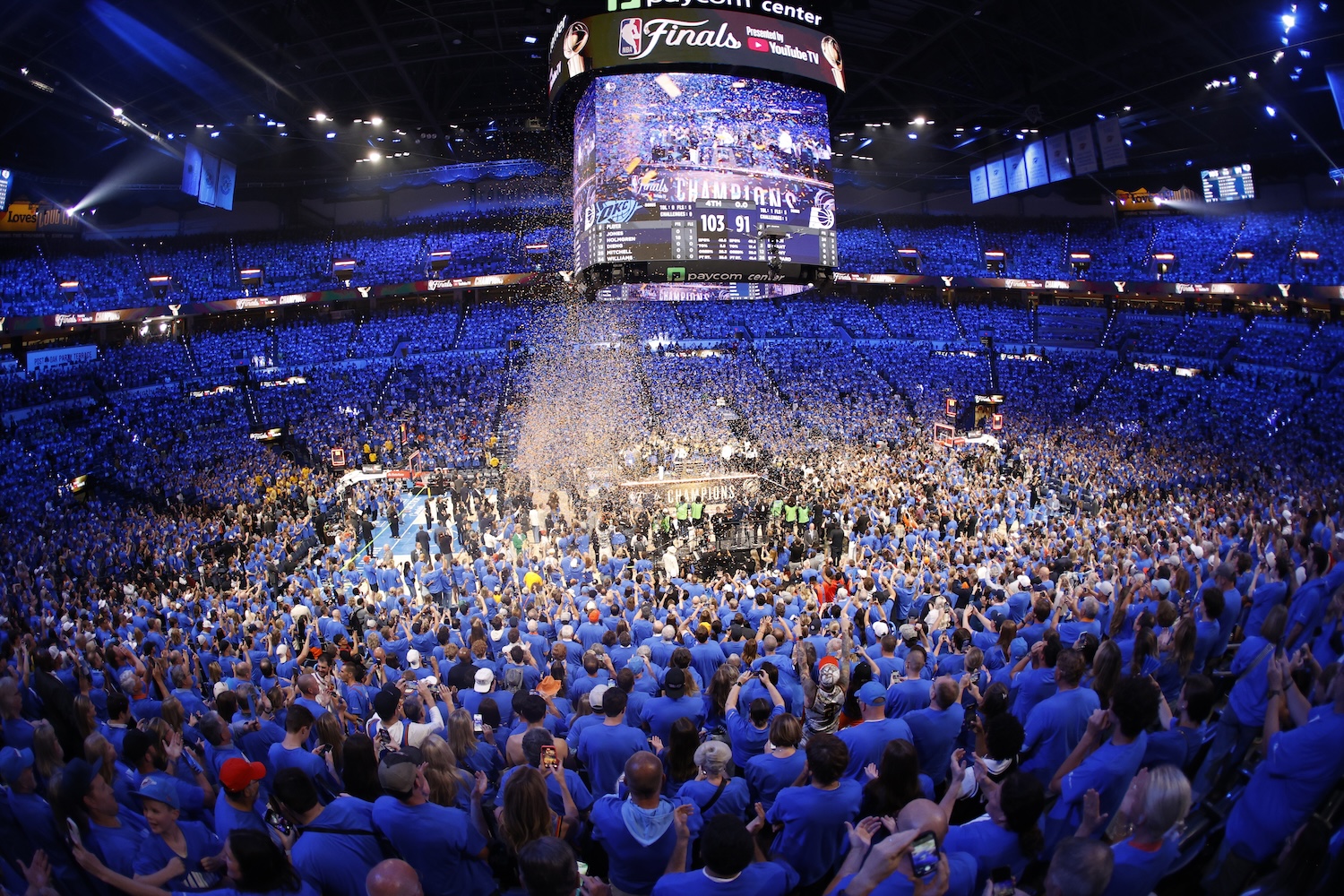

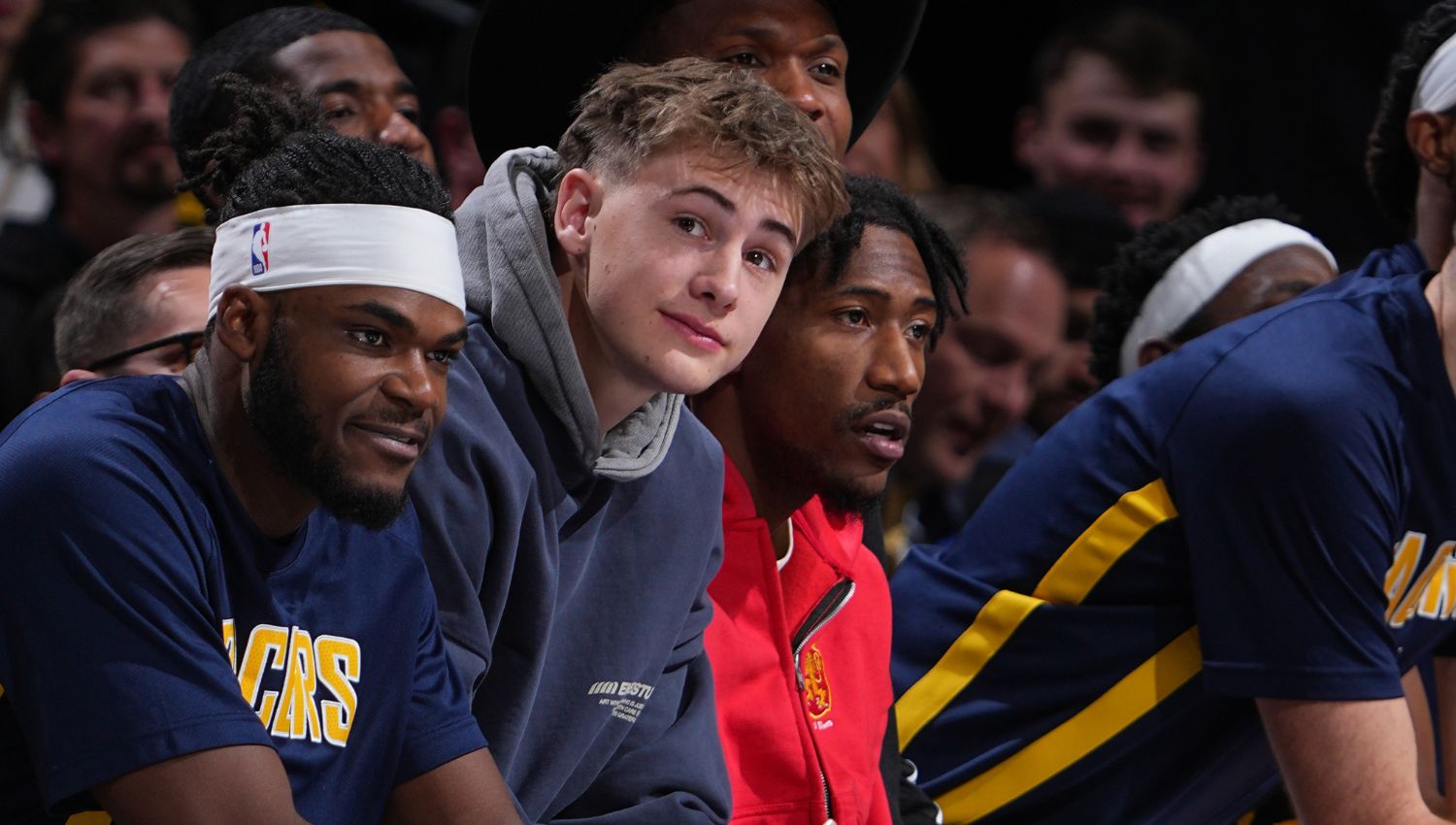
.jpg)

